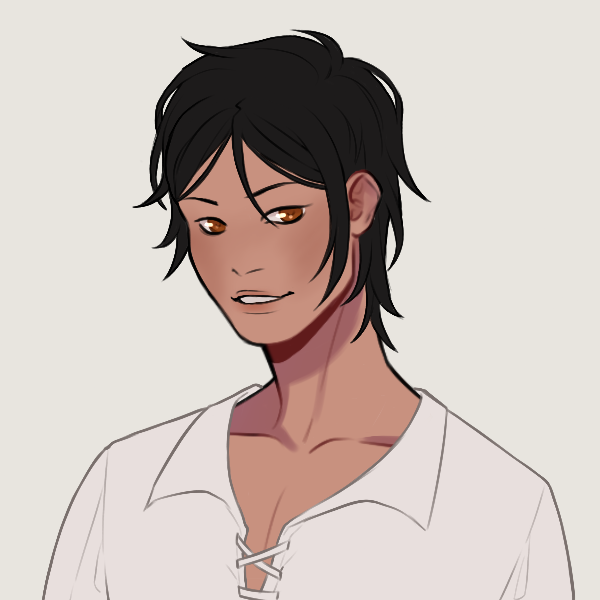He really had no choice but to believe me then. Keisuke was genuinely happy for me. We had to prepare for the wedding. It meant going to the city. Generally, in a traditional wedding, both members of the couples will wear traditional Kimono. Grooms usually wear montsuki, which is a formal kimono in black. Both of us had to get fitted. Apparently, this was the first marriage in the clan during the game. The Kirume Clan wanted to go all out. The bride will wear a traditional white kimono called “shiro-muku”. This symbolizes purity and the idea that the bride will become the color of her new husband's family. A bride wears her hair in a bun and carries a small purse called a hakoseko, a small sword called a kaiken and a fan in her obi belt which is said to represent her happy future. There were several aspects to Japanese weddings I did not know about. The engagement/betrothal ceremony or Yuino involves a meeting of the families and the exchange of gifts. This was common back when arranged marriages were prevalent in Japan, and is less common, but does still occur after a proposal.
The gifts are usually a range of items, each representing a positive hope for the marriage, such as Shiraga (thread of hemp), which represents the wish that couple will grow old together or a fan that represents wealth and growth. I recieved a fancy fan. In return, I drew portraits of the 3 family members. I was a good artist if I said so myself. The FOG engine also helped reduce some of the human error. Keisuke gave his bride to be the Shirage. He recieved a new spear. I also got to meet his fiance for the first time. She was beautiful and I was impressed. She was albino with white hair and stunning blue eyes. Unlike the Kirumes, the marks under her eyes were a blood red. There were still more things to learn and do. Before the nuptial cups, the couple would be purified, meaning that they were exorcised of evil spirits. Instead of vows, the bride and groom drink sake, three times each from three different cups called sakazuki. Next, the parents take sips, which represents sealing the bond between the families. Each person takes three sips of each cup- with all sips having unique meaning.
 Hatsuka
Hatsuka
The first three sips represent the three couples, the second three sips represent hatred, passion, and ignorance. The last three sips represent freedom from those three flaws. The term san san ku do means three, three and nine and the “do” is the part that means the deliverance from the flaws. Nine is a lucky number in Japanese culture. During the wedding reception, the couple sits on a stage. During this time, the guests often give speeches and performances like songs for the couple. After the couple cuts their wedding cake, they usually greet their guests and lighting candles. Japanese weddings generally feature a colourful sushi display, as well as seabream, prawns and red rice. During the reception, there is also a ceremonial sake opening, where the lid of a sake barrel is broken open and then sake is served to all of the guests. This is called kagami-biraki. The village did not have any large stores of sake. I would know, living in the store house. That would probably be a mission for other clan members to take care of. As the ones getting married, we could all sit back and relax.


